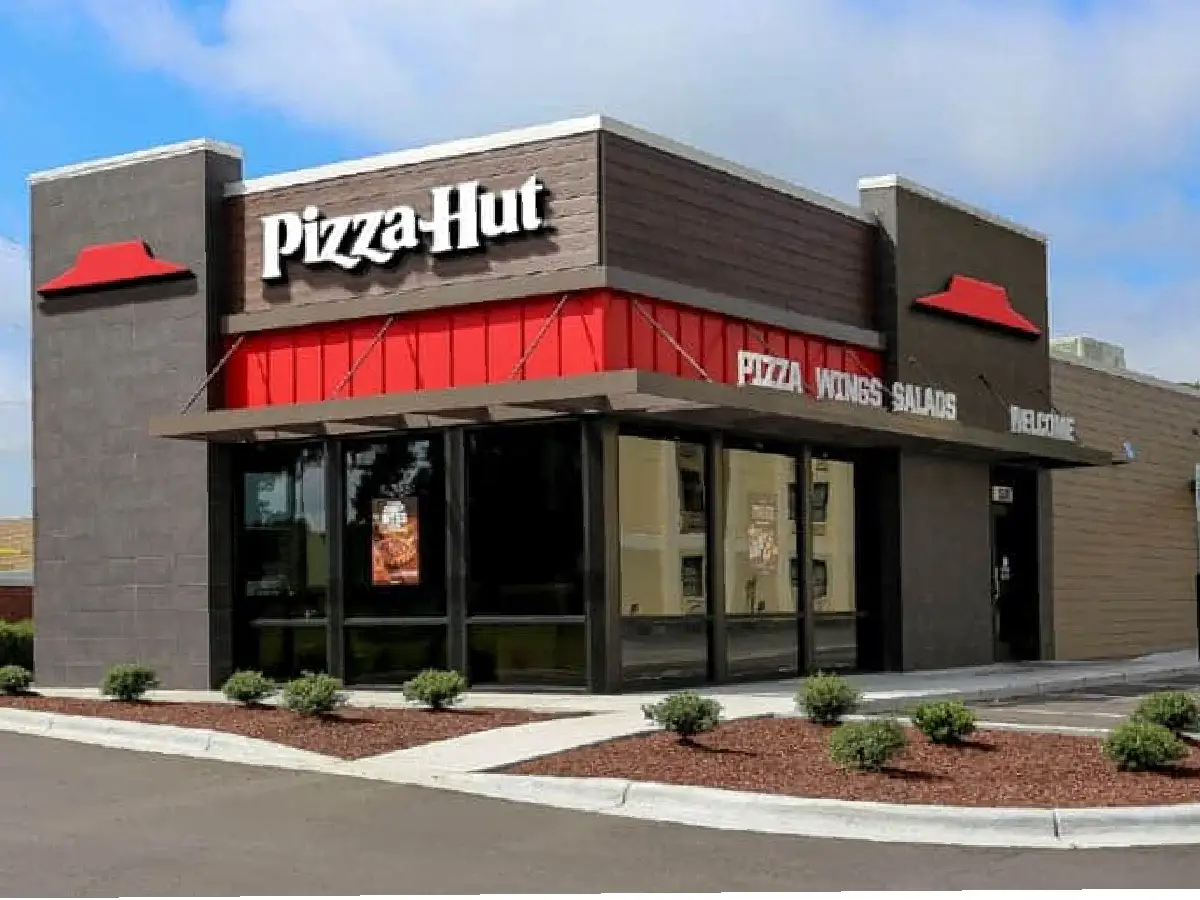**The Rise and Fall of Sit-Down Dining: A Shift Toward Convenience Over Connection**
The landscape of American dining has experienced a dramatic transformation over the past few decades. Traditionally, sit-down restaurants—a beacon of American culture—provided not just meals but a venue for social interaction and family gatherings. Unfortunately, the golden age of these establishments is seemingly past, with a new dining paradigm taking its place, one focused considerably more on convenience than fostering human connections.
In the mid to late 20th century, sit-down chains such as Applebee’s, Olive Garden, and Denny’s were more than just eateries; they were institutions woven into the social fabric of American life. These restaurants were cenetrally located where friends convened for casual dinners, families celebrated milestones, and teenagers went on their first dates. They offered an experience—a break from the mundane routine of daily life.
However, as we move further into the 21st century, there’s been a noticeable pivot away from these traditional dining models. The causes are manifold, encompassing shifts in economic conditions, demographic changes, and evolving consumer preferences. The financial crisis of 2008 left long-lasting impacts, with many middle-class families tightening their budgets, often cutting down on dining out expenses. Simultaneously, the rise of the millennial demographic, who favor convenience, speed, and value for money, has altered demand dynamics in the food service industry.
Enter the era of fast-casual restaurants and delivery services—dominated by names like Chipotle, Panera Bread, and a myriad of on-demand food delivery apps like Uber Eats and DoorDash. These alternatives often boast shorter wait times, lower prices, and the added comfort of enjoying a meal in one’s own home. The surge in digital technology integration has made these options all the more accessible, enabling consumers to order food with the simple click of a button.
While this shift holds substantial benefits for efficiency and economic rationality, it brings with it a less discussed downside—the erosion of face-to-face interactions that were once a staple of meal times. Dining out used to be an inherently social affair, an opportunity for human connection and community building. Today’s dining trends, with their emphasis on speed and convenience, have largely stripped away this social aspect.
The consequence is a culture increasingly isolated, where interactions are screen-mediated and meals are often consumed in a hurry or alone. This not only impacts social skills but also affects community cohesion. Local restaurants once acted as communal hubs, places where local issues were discussed over a meal, and regular patrons became part of a community tapestry. The decline of such venues disrupts these traditional community networks.
Moreover, the environmental impact of the take-out culture cannot be ignored. The increase in single-use plastics and packaging, much of which is non-recyclable, contributes significantly to environmental degradation. The convenience might be appealing, but the long-term costs are considerable.
In conclusion, the decline of sit-down restaurant chains in favor of fast-casual dining options and food delivery services is reflective of broader societal shifts towards efficiency and individualism. While these trends offer notable benefits such as convenience and often affordability, they come at the expense of personal interaction and environmental sustainability. As we navigate these changes, it falls upon both consumers and businesses to find a balance that honors both our need for community and our modern lifestyles. Perhaps, it is time to rethink not just how we eat, but also the role food plays in bringing us together.










